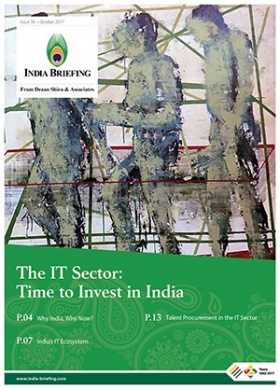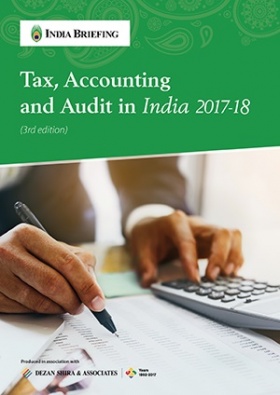22 Indian Languages Can Now be Utilized via SMS
Oct. 3 – In a demonstration of the diversity of India, professors from the Indian Institute of Technology, Madras (IIT-M) and researchers at the Center for Excellence in Wireless Technology (CEWiT) have developed a 7-bit encoding scheme for 22 Indian languages for sending SMSs. Users can not only send messages in these languages, but can also transliterate scripts keyed in one language into another.
The global mobile standards body 3rd Generation Partnership Project (3GPP) has approved the technology, and now the cellular operators, mobile phone manufacturers, value added service providers and the Telecom Regulatory Authority of India (TRAI) have all agreed to adopt the technology.
The technology will boost up the m-governance projects as the government departments and banks would be able to communicate effectively with millions of mobile phone users in 22 Indian languages on new schemes and updates in a year’s time, reports the Times of India.
The research team led by Nadeem Akthar from CEWiT began working on the encoding scheme for Indian languages after the Turkish telecom regulator forced the 3GPP standards body to open up SMS for non-English languages last year.
“When the global mobile standards body agreed to open up SMS in local languages, it presumed that every country has only one language. In India we’ve 22 official languages and our SMS market and volume is low because we don’t have facility to use the regional language. We started off our work by taking the encoding used in computers and began modifying it to suit wireless technology application on mobile phones,” said Professor Bhaskar Ramamurthi, Honorary Director, CEWiT and Dean (Planning), IIT Madras.
“A mobile phone’s SMS capacity is only 140 bytes. For sending SMS in English we need just 7-bits per character. Therefore, the maximum number of characters that you can send in one SMS is 160 characters. However, Unicode which supports all languages in the world requires 16 bits per character, which would have restricted one regional language SMS to just 70 characters. So we decided to develop a 7-bit encoding system which will allow users to send 160 characters in the regional language,” explained Ramamurthi.
The tables for 10 Indian languages were designed, which can support official languages because of similarities in scripts used by different languages and also enable encoding messages in both unilingual (Indic only) and bilingual (Indic and English) fonts.
“Our task is not over. The challenge lies in implementing the technology. We now need to come up with the fonts, a user friendly mobile phone keypad layout, display screen and also find a solution to existing handsets, which currently do not have the feature. People cannot throw away these handsets, so we have to find a way to enable the technology in existing mobile phones,” said Ramamurthi. The CEWiT team anticipates that in one year’s time, the mobile phone manufacturers and service providers would be able to usher in language revolution in wireless technology.
The system is more advanced than that offered in China, which recognizes some 50+ minorities within the country but still largely insists on Mandarin and Pinyin (the Mandarin/English transliteration system) for text, partly to unite the country but also for internal security reasons. SMS texts in the largest minority languages in China, being the Uighur form of Arabic, Tibetan, and Mongolian are not available in the country. India is likely to use the technology to sell the concept of multi-text capabilities to other service providers operating in countries with multiple language users.
- Previous Article Obama: America Has Roots in Gandhi’s India
- Next Article Inward FDI to India Crosses US$100 Billion Threshold








